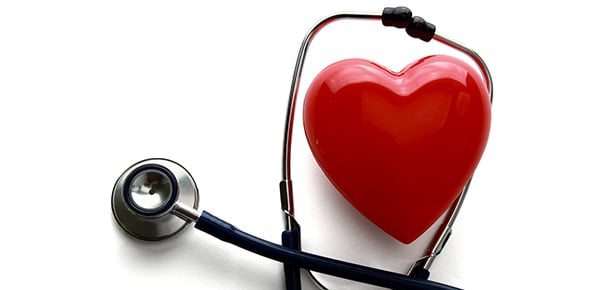Quiz: Cardiac Vascular Nursing Exam! Trivia
23 Questions
| Attempts: 149
Submit
2.
You may optionally provide this to label your report, leaderboard, or certificate.
Submit
Submit
Submit
Submit
×
Thank you for your feedback!
















